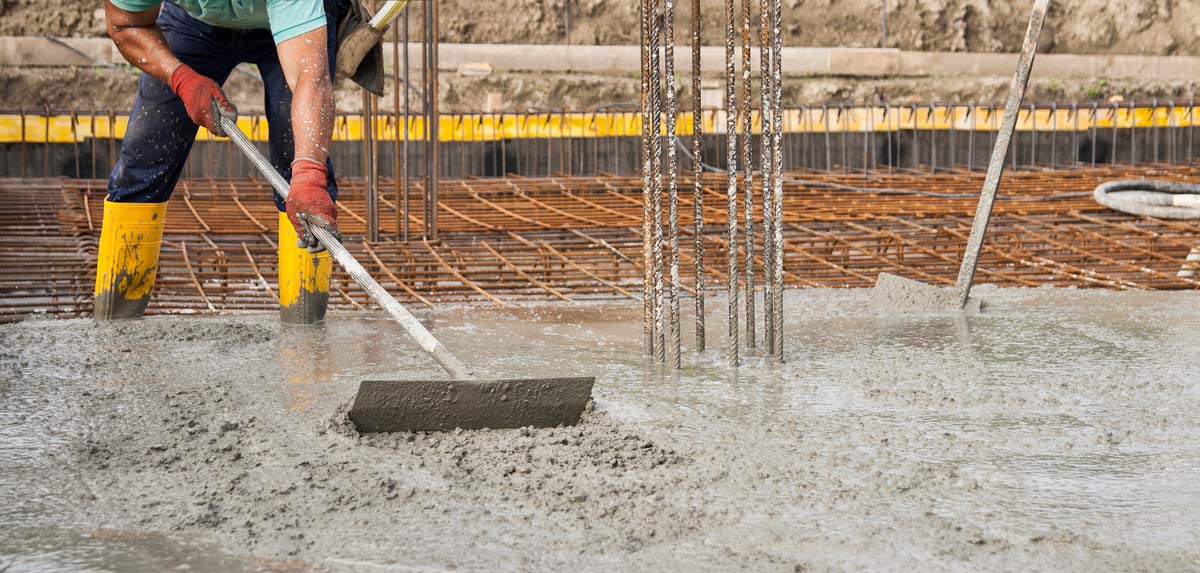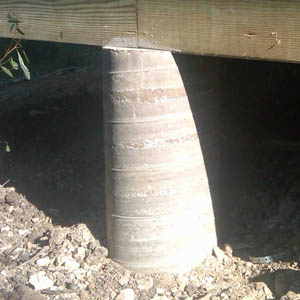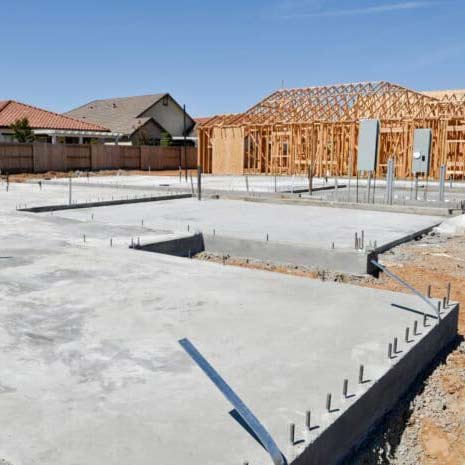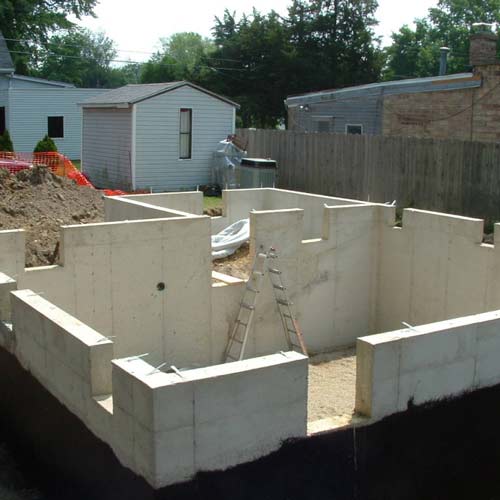512.291.0709
Mon - Fri: 9 AM - 11:30 AM
12:30 PM - 4 PM
January 18, 2021

Some of the most common, though often overlooked, problems for homes in the Austin area have to do with the home’s foundation. This is problematic for homeowners who didn’t think to consider the state of the foundation prior to purchasing the home. A home’s foundation is what supports the weight of the home, keeping it from sinking into the ground, preventing excessive moisture from invading the home and provides insulation for the home.
Home builders must have extensive knowledge of the area’s soil conditions and drainage when constructing the foundation of a home, as many foundation problems are caused by rushed construction and compounded by subpar building materials. Over time, bricks can loosen, concrete can crack and the structural integrity of the home can be compromised.
Douglas Foundation Repair provides advanced soil stabilization treatments can permanently change the molecular properties of the soil below your foundation to reduce swelling that leads to foundation problems.
Pier-and-beam foundations are the oldest and most common type of foundation in the Austin area. A pier-and-beam foundation begins with piers set deep into the ground, topped by girder beams. These will be what supports the weight of the home. The posts or piers extend about 18 inches above the ground to allow for a crawlspace to house electrical and plumbing components. Pier-and-beam foundations are fairly simply constructed and are fairly inexpensive, but they can become problematic if not waterprooofed well enough. Invasive moisture can lead to mildew, mold and rot as well as rodent and insect infestation. To prevent these issues, make sure the crawlspace is properly ventilated, and ensure that the vents are secure as to not allow small animals to next under the home. If you begin to notice sagging or bouncy floors, off-kilter doorways, pooling water or excessive dampness causing mold in the home, you may have foundation problems that need to be addressed as quickly as possible.

The shallow frost line in Texas has encouraged home builders to opt for slab foundations, which are popular in warmer-climate areas. A slab foundation is a poured concrete pad on the ground that is reinforced with rebar. The concrete is shaped into a beam that runs approximately two feet deep around the full perimeter of the foundation. This installation is faster, easier and less expensive compared to other foundation types. Despite their benefits, slab foundations also come with their own set of drawbacks. These foundations are built directly on the ground, leaving no room for a crawlspace or basement. Because of this, plumbing components are often embedded in the foundational concrete - which means that if repairs are needed on these components, they’ll need to be broken out of the concrete. The plumbing can also be damaged in the event that the surrounding concrete experiences pressure from expanding and contracting soils. Keep an eye out for issues such as sloping floors, tilted counters, cracked walls or stuck doors and windows. If you see any of these problems, or if the problems worsen, call Douglas as soon as possible to schedule an inspection.

While basements in Austin are few and far between, they do, in fact, exist. When building a home with a basement, a reinforced concrete slab set about 8 feet down. Walls are cinder block, beams are concrete and another slab is poured inside the walls. This additional pour adds stability, waterproofing and protection against termite infestation. A basement is often used to house plumbing and electrical components, which is much more convenient to access than if they were located underneath the house. A basement also adds square footage to the home, which many families choose to use as storage, rec room space, or a laundry room. However, since the Texas frost line is so close to the surface, the ground around basement foundations is susceptible to freezing, leading to foundation damage from the constant expansion-contraction cycle, or frost heave. There is also the related risk of flooding in the Austin area, especially if the home has a substandard drainage system.

The most effective way to prevent foundation problems for any type of foundation is to use a preventative solution such as the Soil Stabilization service that we provide. By injecting the perimeter of your home's foundation with a solution that permanently changes the molecular properties of the soil below your foundation, you can ward off future issues. Learn More about Soil Stabilization
You can help head off potential problems by regularly checking the home for new or growing cracks, moisture and any other signs of damage that concern you. If you find any of these issues, call a licensed professional to have your foundation inspected.
Experts say that during the summer months when Austin’s expansive clay soils are at their driest, homeowners should consider installing soaker hoses around the perimeter of the foundation.This will add a controlled amount of moisture to the soil, preventing the extreme dryness that affects the foundation’s stability. Your foundation expert can provide you with advice on how to properly install, place and control the soaker hoses.
Similarly, installing an effective foundation drainage system can help prevent many foundational problems. Typically, French drains paired with surface drains are most effective.
Finally, be mindful of tree roots. Large roots can snake underneath the home, cracking and even lifting the foundation. When you’re choosing trees to place on your property, be sure to choose species without a spreading, invasive root system and avoid placing them close to the actual structure.
If you do find potential problems with your foundation, understand that the sooner you call a professional to examine the problems and perform repairs, the better in terms of quickly heading off what could become a catastrophe if left unchecked. Douglas Foundation Repair can install and repair pier and beam systems, perform slab repairs and stabilize the soil under your foundation to reduce swelling and support the foundation rather than harm it.